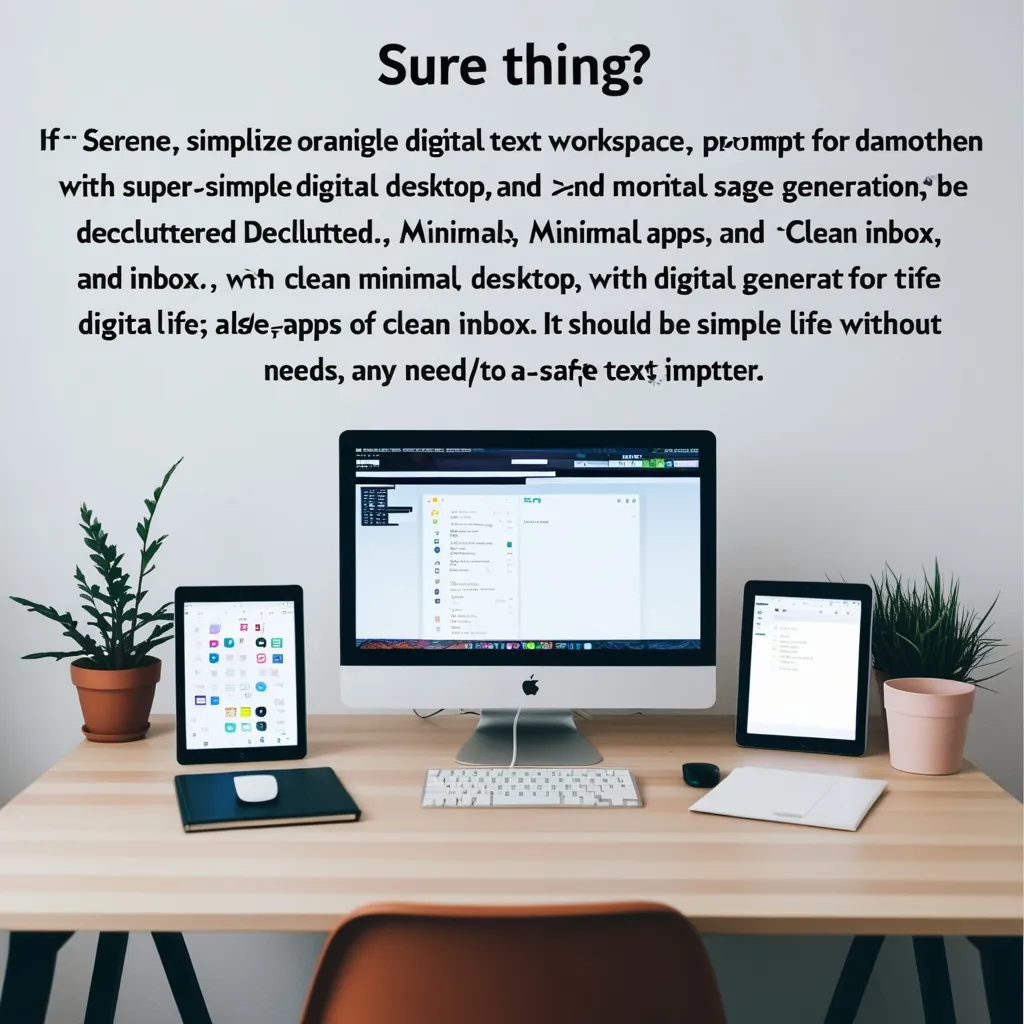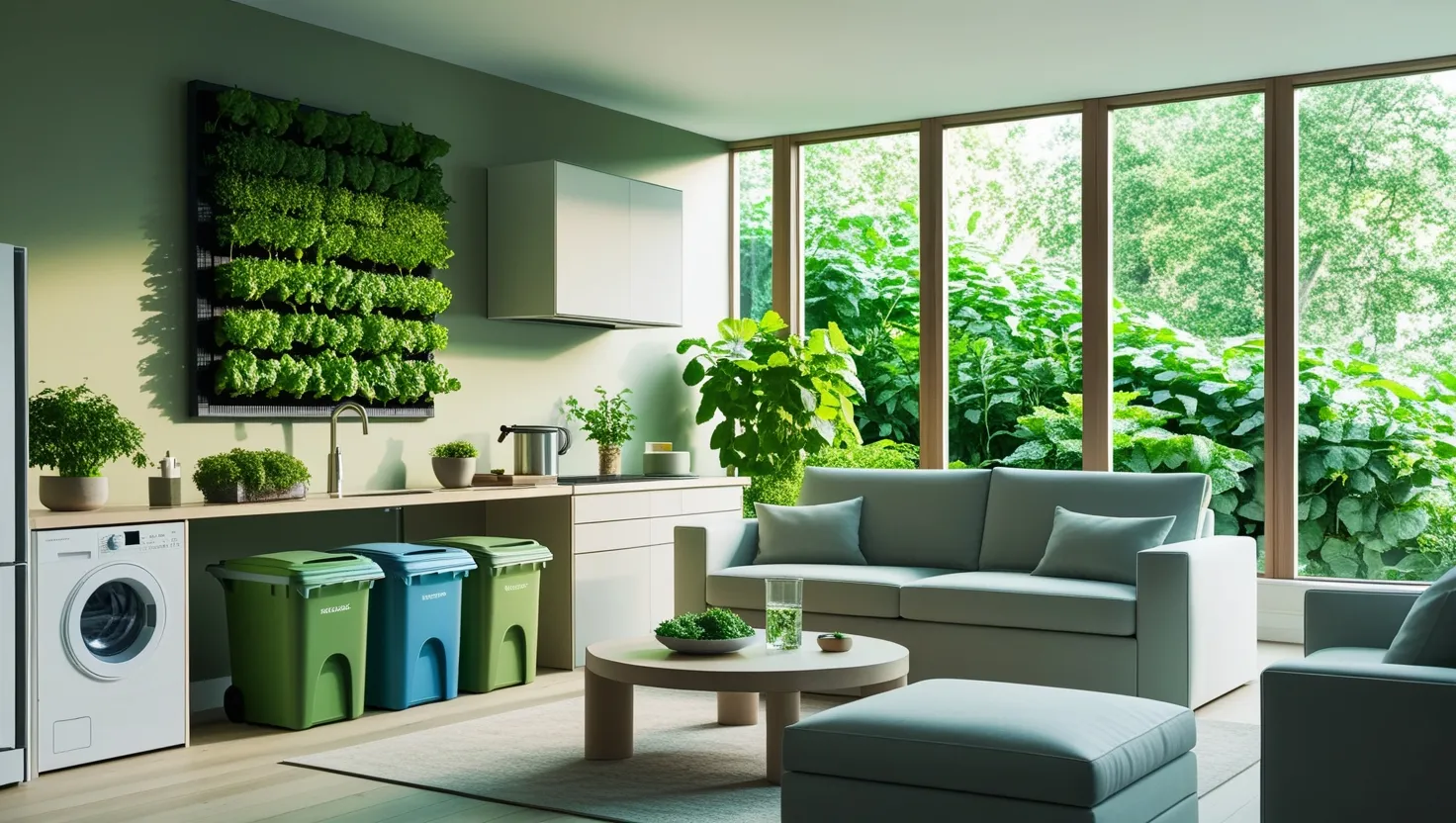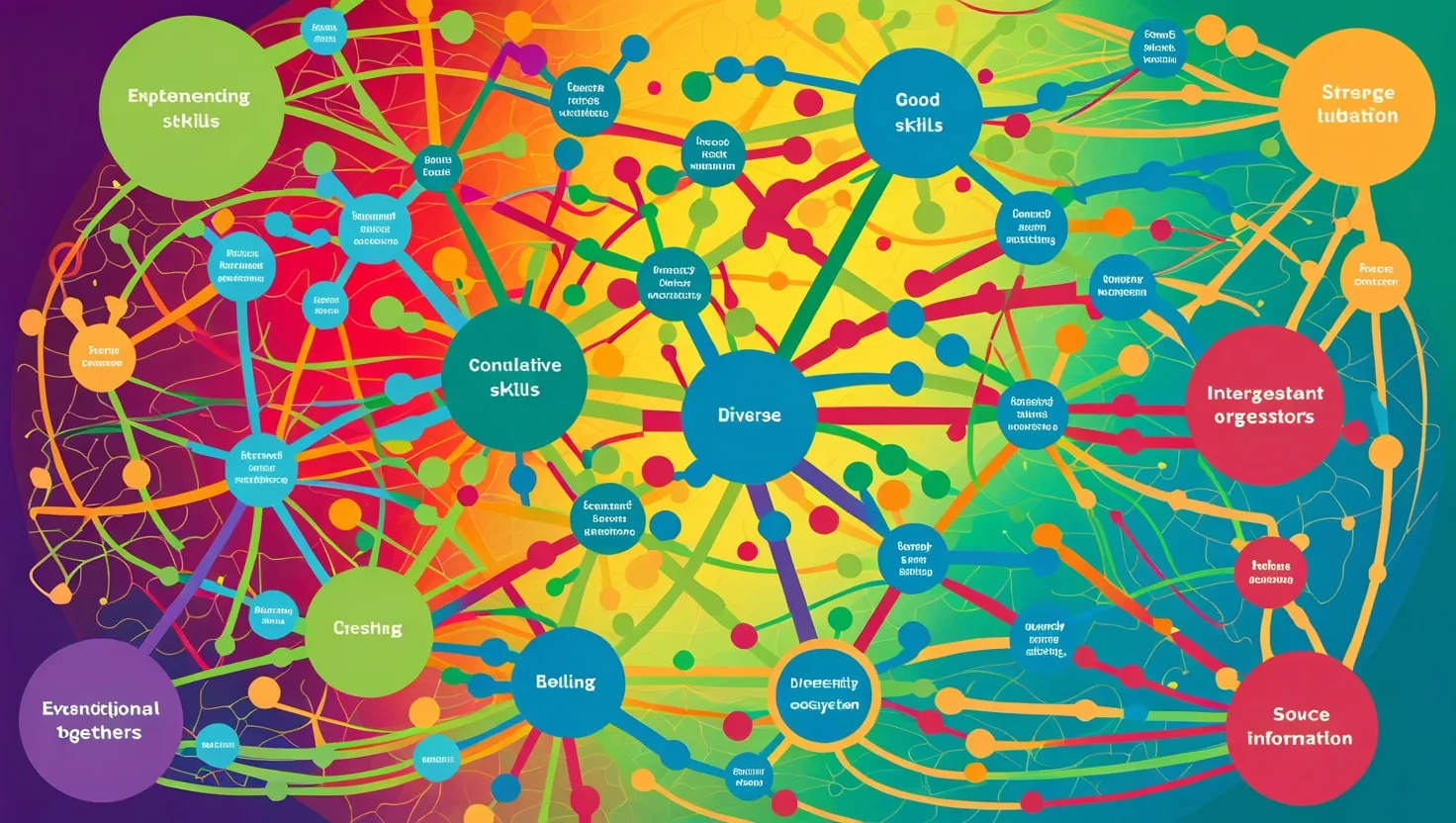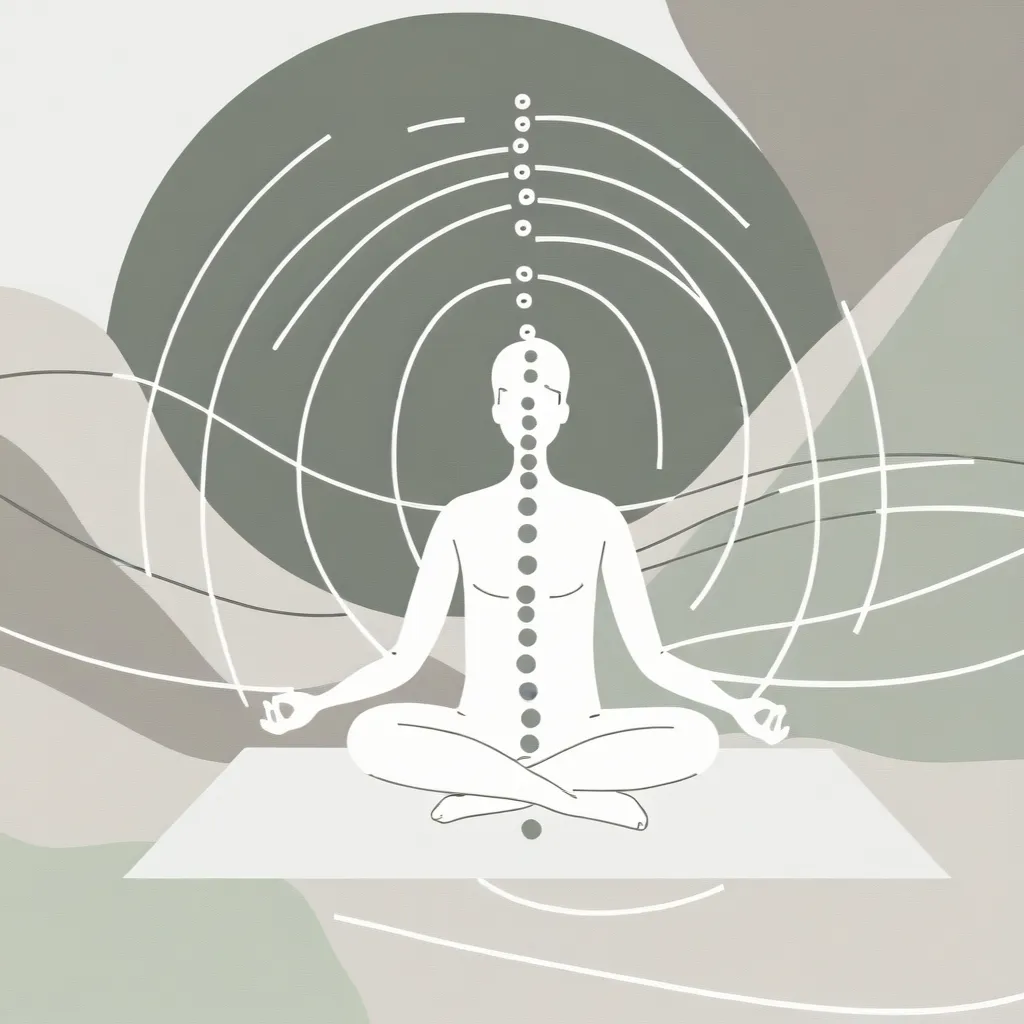In today’s fast-moving digital age, keeping on top of all our online stuff can feel like a never-ending task. From random old accounts to meaningless notifications, the digital clutter piles up fast, making us feel pretty stressed out. But hey, there’s light at the end of the tunnel! You can wrestle back control and create an organized, peaceful digital life.
Let’s dive into how you can clean up your digital playground and feel better for it.
First things first: you’ve got to know what you’re working with. Take a look at your complete digital footprint. Think about all the devices and online accounts you have. We’re talking laptops, tablets, smartphones, and even the obscure accounts you once signed up for. This audit will help you determine what’s actually essential and what’s just hogging space and causing stress.
One super easy way to start is by attacking your email inbox. For a lot of people, email clutter is a massive source of anxiety. A simple trick is to unsubscribe from any newsletters, promotions, or notifications that you no longer care about. You can use email management tools to make this easier, but even manually hitting that “unsubscribe” button can be liberating. If you never open emails from certain senders or if they only serve as distractions, ditch them.
Next up, let’s tackle the apps you’ve got on your devices. Review every app on your smartphone and computer and get rid of the ones you haven’t used in ages. Not only will this free up storage, but it’ll also reduce distractions and likely speed up your devices. Be ruthless! If you haven’t touched that app in the past year, it’s probably safe to delete it.
Now to the files and folders. We all know that a tangled mess of digital documents can make finding anything a pain. Use descriptive names for your folders and files to make them easier to locate. Backing up your important data regularly is a no-brainer to keep it safe and secure. Start with the files and folders you use most often, and then move on to the less critical stuff. Break it down into smaller tasks so it doesn’t feel overwhelming.
Also, take a look at your computer’s desktop. A cluttered desktop can be a nightmare for focus and productivity. Clear out unnecessary shortcuts, files, and folders. Consider using a simple, minimalist wallpaper and keep only the essential icons on display. This visual decluttering can make a bigger difference than you might expect.
Social media is another notorious time and energy drain. Limit your social media usage by setting specific times for checking your accounts and turning off non-essential notifications. Unfollow or mute accounts that don’t bring you value or positivity. By being more intentional about how you use social media, you can reduce digital noise and reclaim some precious time.
Consider also streamlining your online accounts. Close or delete any that you no longer use, whether they’re old email addresses, outdated social media profiles, or long-forgotten shopping accounts. Reducing your digital footprint not only declutters your mind but also protects your personal information.
From time to time, it’s good to have a complete digital detox. Schedule regular breaks from your devices to recharge. This doesn’t mean you have to retreat to a cabin in the woods, but even an hour or two without screens in the evening can make a big difference. A whole weekend without screens now and then can help you reset and reconsider your digital habits.
Maintaining a decluttered digital life is all about making it a routine. Set aside time every month or quarter to revisit and declutter as necessary. This ongoing maintenance keeps things more manageable than letting it all pile up again.
For those finding it tough to start, ease into it with small steps. Begin by organizing a couple of digital files each day and increase the number as you get more comfortable. Use “Mega Folders” that make sense to you, then break these down into subfolders. This makes the task less overwhelming and more satisfying as you’ll notice the progress.
One of the biggest distractions in our digital lives is notifications. They can easily break your concentration. Manage notifications by turning off those from apps that don’t need immediate attention. This small change can greatly reduce how often you reach for your phone, freeing you to focus on what really matters.
When it comes to photos and videos, managing them can feel like a mammoth task. However, it’s essential for a tidy digital life. Try organizing your pictures by year or event, and don’t be afraid to delete duplicates or unnecessary shots. It’s quite therapeutic and helps you appreciate the memories you’ve captured without the clutter.
Password management is also crucial. Use a password manager to keep things simple and secure. These tools store strong, unique passwords for each of your accounts, so you don’t have to remember them all. This minimizes the hassle and stress related to password management.
Another aspect to consider is setting clear digital boundaries. Designate certain times of the day as screen-free and establish digital-free zones in your home or workspace. This helps maintain a balance between digital engagement and real-life interactions.
By implementing these strategies, you can create a digital environment that nurtures your well-being and helps you focus on what truly matters. Remember, decluttering your digital life isn’t a one-time event; it’s a journey. Take it one step at a time, and be intentional and consistent in your efforts.
Ultimately, embracing digital minimalism is about making technology work for you, not against you. By cutting down on digital distractions and dialing back unnecessary online activities, you can direct your energy towards more meaningful pursuits. This can lead to better productivity, improved focus, and a greater sense of clarity and balance in your life. In this digital age, living with intention and mindfulness can truly enhance your overall well-being.






